Typeform is a form creation tool that focuses on delivering beautiful, elegant forms. The goal behind that focus is to make forms more appealing — and lead more people to fill them out.
Google Forms, on the other hand, is a spartan but highly functional form creation tool. It makes form creation easy, accessible, and free. It lacks a lot of the bells and whistles associated with more modern options, but it still does its job well.
That comparison alone may be enough to help you choose between Typeform vs Google Forms. But if you’re still on the fence, let’s break things down further to help you choose the best form tool for your needs.

Looking for the best alternative to Google Forms?
Jotform’s full-featured form-building solution is mobile-friendly and has the most integrations in the industry. Use it to collect payments, automate workflows, gather leads, and more.
Typeform
Typeform lets you create eye-catching and highly customizable forms. The platform only displays one question per page, so respondents can focus on answering each individual question without getting overwhelmed.
Thanks to Typeform’s minimal interface, adding questions is a smooth process. The platform also provides question logic options and variables, allowing you to create sophisticated forms without any coding, and you can integrate over 120 third-party programs.
Despite all its benefits, you may run into a problem with Typeform’s free tier, as it has some limitations. While you can build an unlimited number of forms, each form is limited to 10 questions, and you can only collect 10 responses per month.
The platform’s least expensive paid plan is its Basic plan, which costs $25 per month, billed annually, but it still doesn’t give you access to all of Typeform’s features. Additionally, to remove Typeform’s branding from your forms, you’ll need one of the higher tier plans — Plus, which is $50 per month; Business, which is $83 per month; or Enterprise, which requires contacting the sales team for a quote.
In addition to its browser version, Typeform has a mobile app that works on both iOS and Android, making it easy to create forms any time you’re away from your computer. Typeform also offers a number of templates across several categories so you can get started with a strong foundation.
Google Forms
In 2006, Google created a suite of free tools to rival Microsoft Office. Two years later, Google released Google Forms to support its spreadsheet program, Google Sheets. Google Forms was one of the first tools to allow users to gather info digitally. Google has added a handful of features since then, like custom themes, plug-ins, and uploads. That said, many other tools that focus solely on creating forms have also hit the market in recent years, and Google Forms hasn’t done the best job of keeping up with their capabilities.
Ultimately, the Google Forms interface is clean and modern, but it offers less customization features than many other form makers. There’s also no native mobile app. If you need a mobile app in Google Workspace, you can try the Mobile App Creator by Jotform.
Google Forms offers a number of templates, and it also has some helpful plug-ins that extend the product’s capabilities, but it doesn’t offer integrations beyond Google Sheets. However, it’s important to remember that Google Forms lets you create unlimited forms, receive unlimited responses, and generate detailed analytics reports for free, so unless integrations and customizability are particularly important to your organization, it’s the more cost-effective option.
If you want to learn more, check out Jotform’s detailed guide on How to use Google Forms
Typeform vs Google Forms overview
| Typeform | Google Forms |
|---|---|
| – Best for creating highly customized forms – Has a mobile app on iOS and Android – Offers templates – Creates analytics reports – Integrates with 120-plus third-party programs – Offers five tiers of pricing: Free plan, Basic ($25/month), Plus ($50/month), Business ($83/month), Enterprise (custom) – Has a Capterra rating of 4.7 | – Best for creating simple forms – Has no mobile app – Offers templates – Creates analytics reports – Integrates with Google Sheets – Is available for free – Has a Capterra rating of 4.7 |
The bottom line on Typeform vs Google Forms
When it comes to choosing between Typeform vs Google Forms, it ultimately boils down to your organization’s specific needs and preferences.
Typeform stands out for its visually appealing and interactive forms, offering a more engaging user experience.
On the other hand, Google Forms has the upper hand when it comes to simplicity and accessibility. As part of the Google Workspace suite, Google Forms is a convenient choice for those accustomed to Google’s products, offering a straightforward and functional solution for basic form-building needs.
Another powerful option: Jotform
Typeform offers great design options, and Google Forms is tried and true. But what if you need a more comprehensive solution that does it all?
If you want your forms to be part of a larger collection of tools — like a customer relationship management (CRM) system, for example — consider a solution that can do that for you, like online form builder Jotform.
Jotform offers ease of use with its drag-and-drop functionality, extensive customization options, and integration with 100-plus other popular apps. And once you’ve collected responses, Jotform Tables saves your data in a powerful spreadsheet that you can connect to other data sheets. You can even bundle your forms in your own custom, no-code mobile apps for easy access.
While Typeform and Google Forms each have their strengths, consider exploring Jotform as a versatile alternative. With its robust features and seamless integration capabilities, Jotform offers a comprehensive solution for all your online data collection needs.
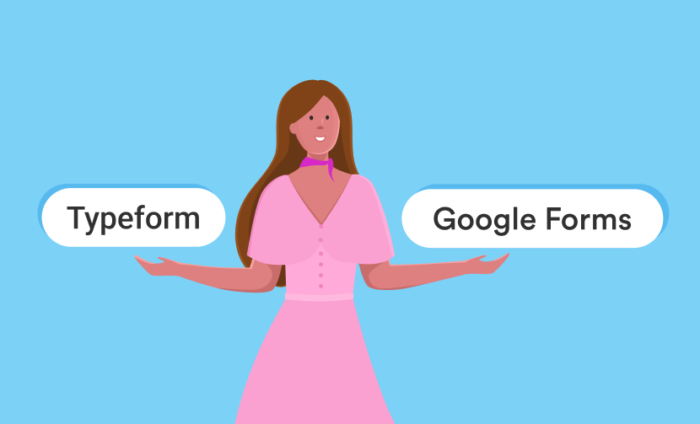















































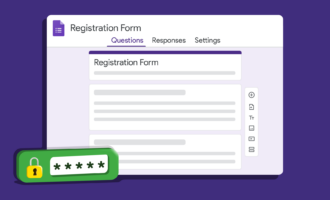



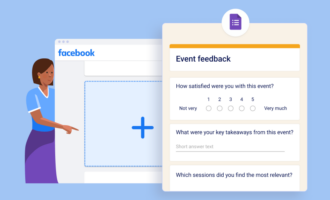


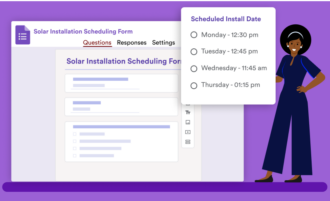













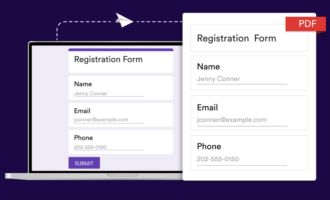



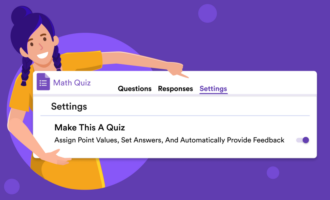




















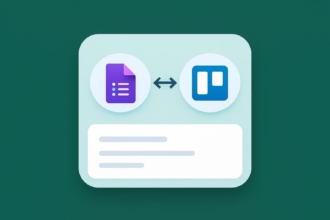


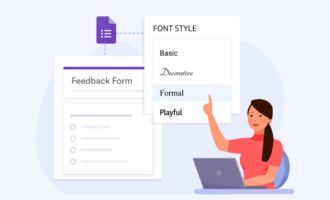






Send Comment: